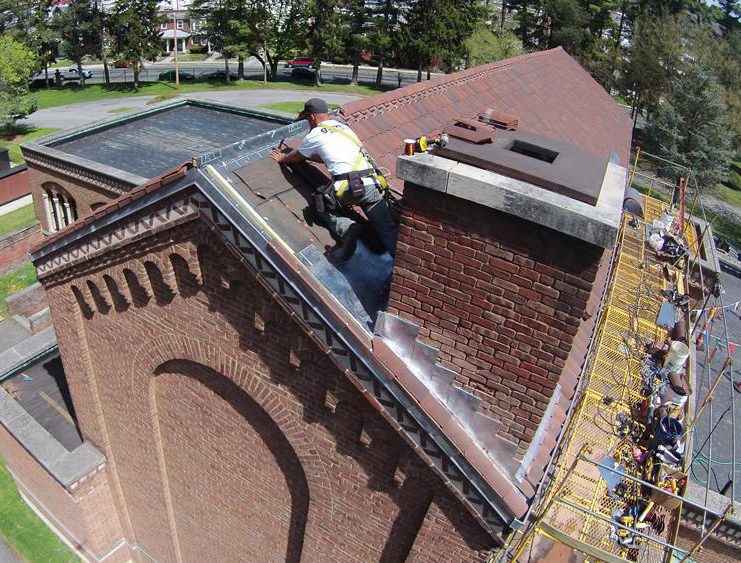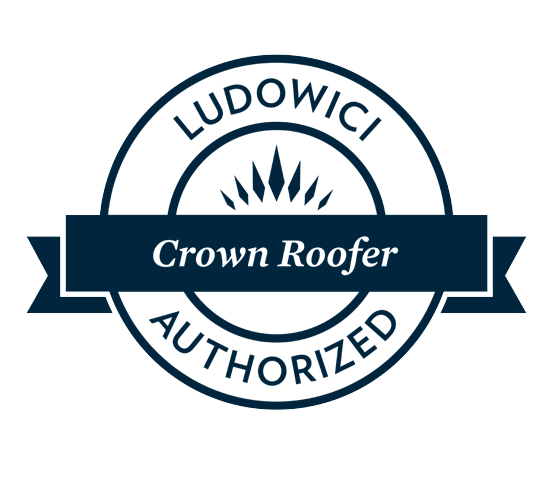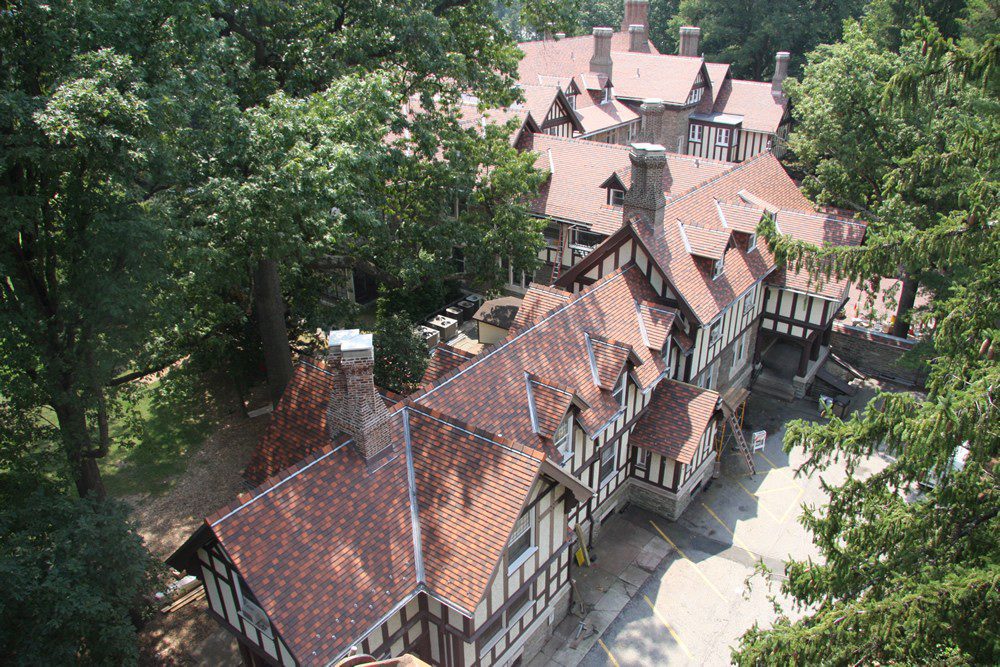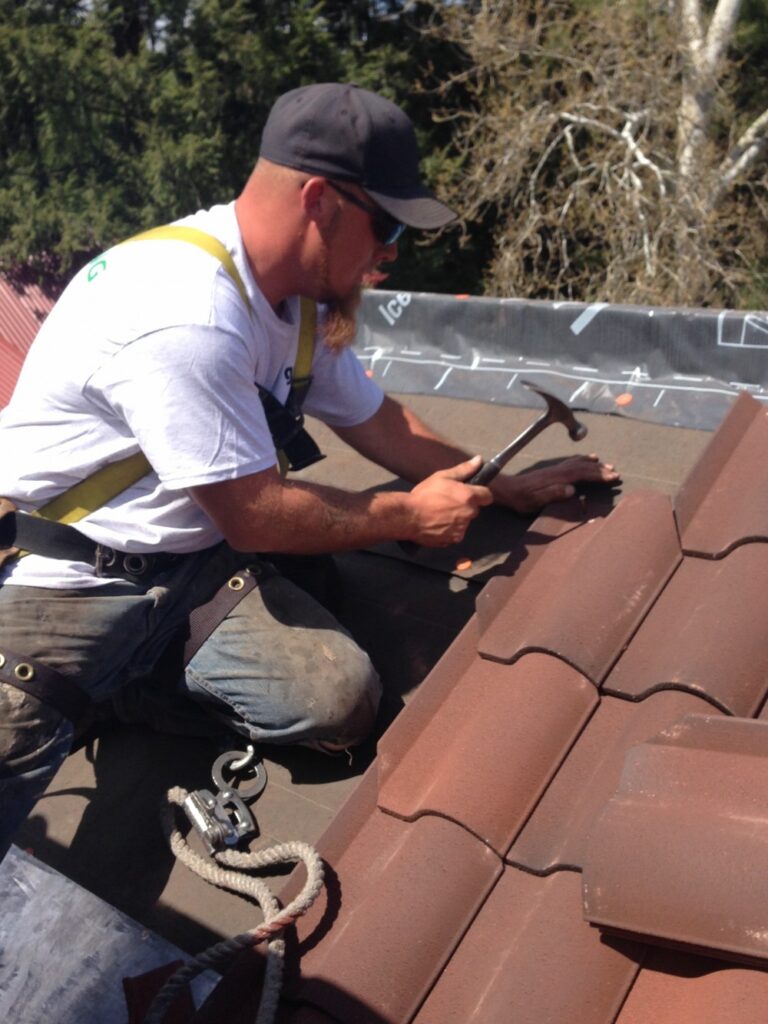Why Choose a Commercial Tile Roof?
There are several reasons why you might choose this type of roof. They are common in areas where there’s a lot of salt in the air. This includes areas near the seashore and climates that experience a lot of direct sunlight and hot weather. But there’s more.
Tile roofs — both clay and concrete — are champions at handling large amounts of rain in short periods. It just runs right off. When installed properly, they are highly durable, meaning you can expect minimal maintenance and repairs. And let’s not forget their resistance to wind, fire, and insects. Plus, they’re energy efficient, which can be attributed to the gap beneath the tiles that provides beneficial air movement.
Contact us today if you’d like to discuss how your building can benefit from all that tile roofs offer! We proudly serve Pennsylvania, New Jersey, Delaware, and Maryland.


We’re an Authorized Crown Roofing Company with Ludowici
Ludowici’s program ensures that their products are installed professionally, accurately, and in accordance with the highest standards possible. Upon completion of rigorous training and evidence of good standing, GSM installers were given Crown Roofer status and take pride in performing the highest quality of work when installing the world’s finest terra cotta materials while setting a high customer service standard.
Clay Tile Roof Installation on a Historic Building
As part of a larger restoration effort, a new roof was installed on Cabrini College’s iconic building, The Mansion — an 1899 home now serving as administrative offices and a hub for cultural programming. Over the course of three months, the asphalt roof was replaced with clay tiles to replicate the structure’s original historic roof, and all 13 chimneys were carefully repaired.
The quality and attention to detail of the restoration in Radnor, PA, were so exceptional that the project earned the 2013 Preservation Achievement Award from the Preservation Alliance for Greater Philadelphia.




